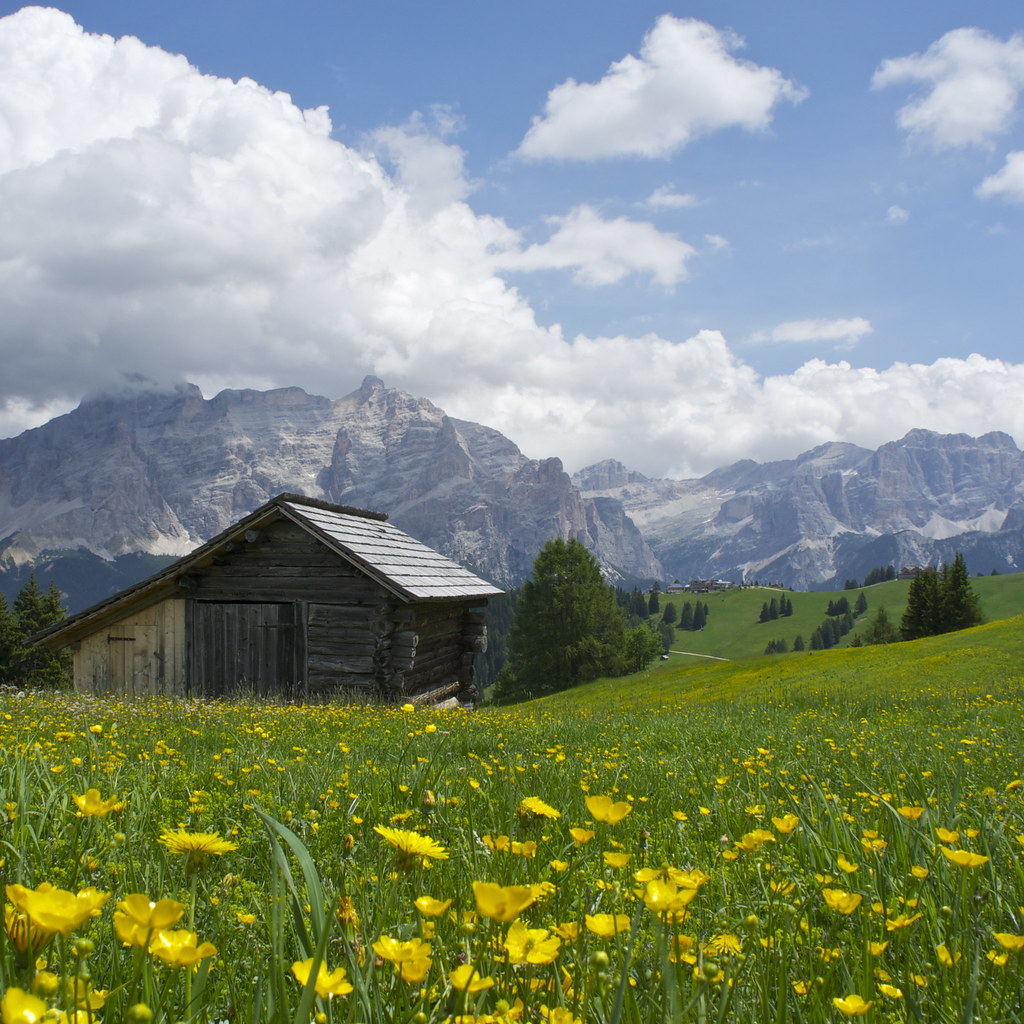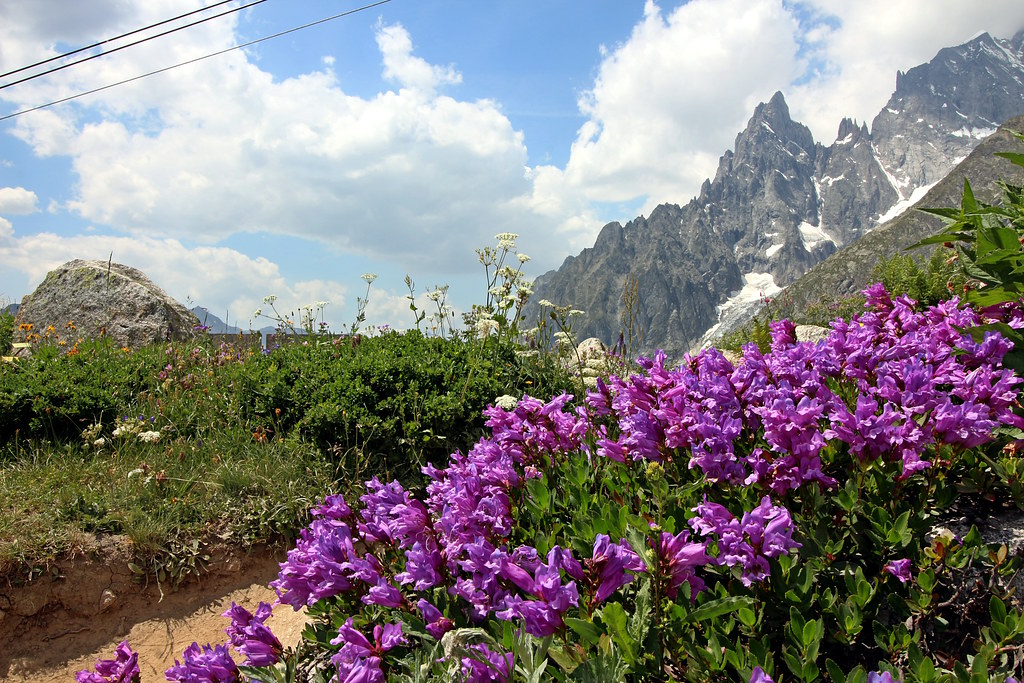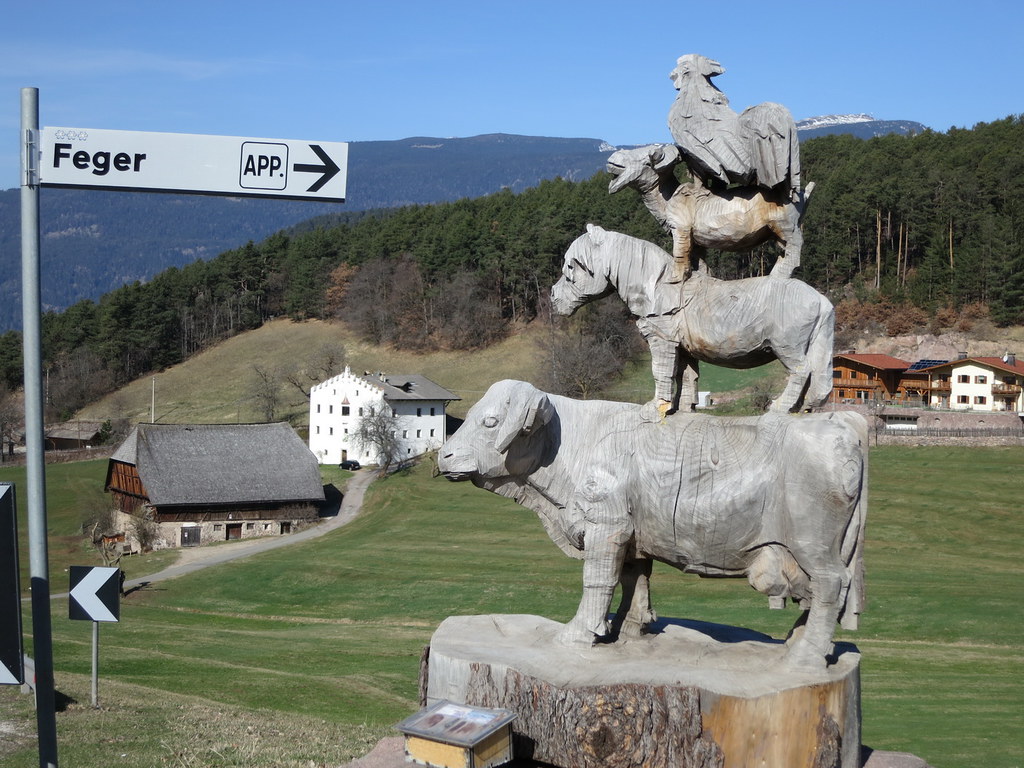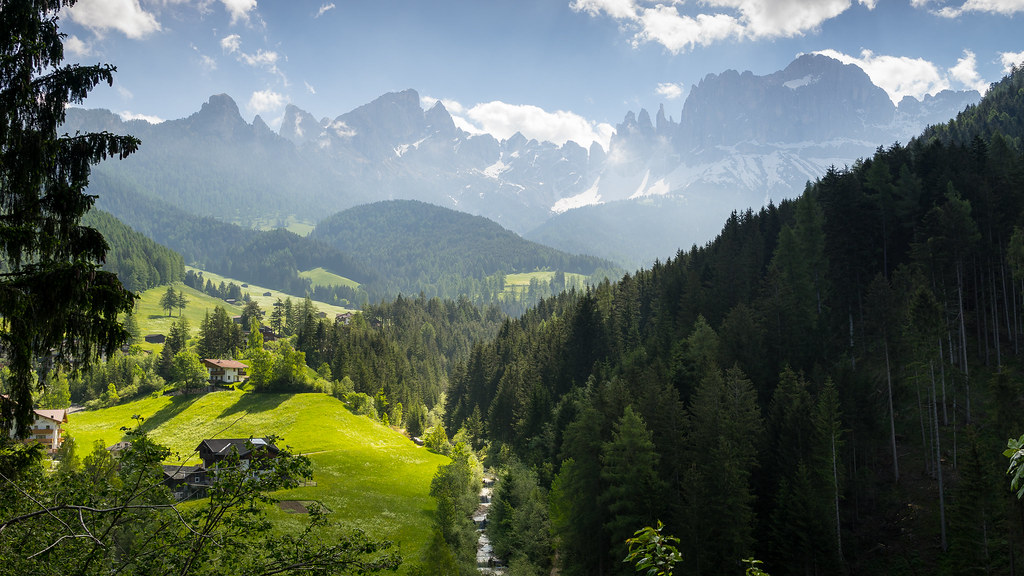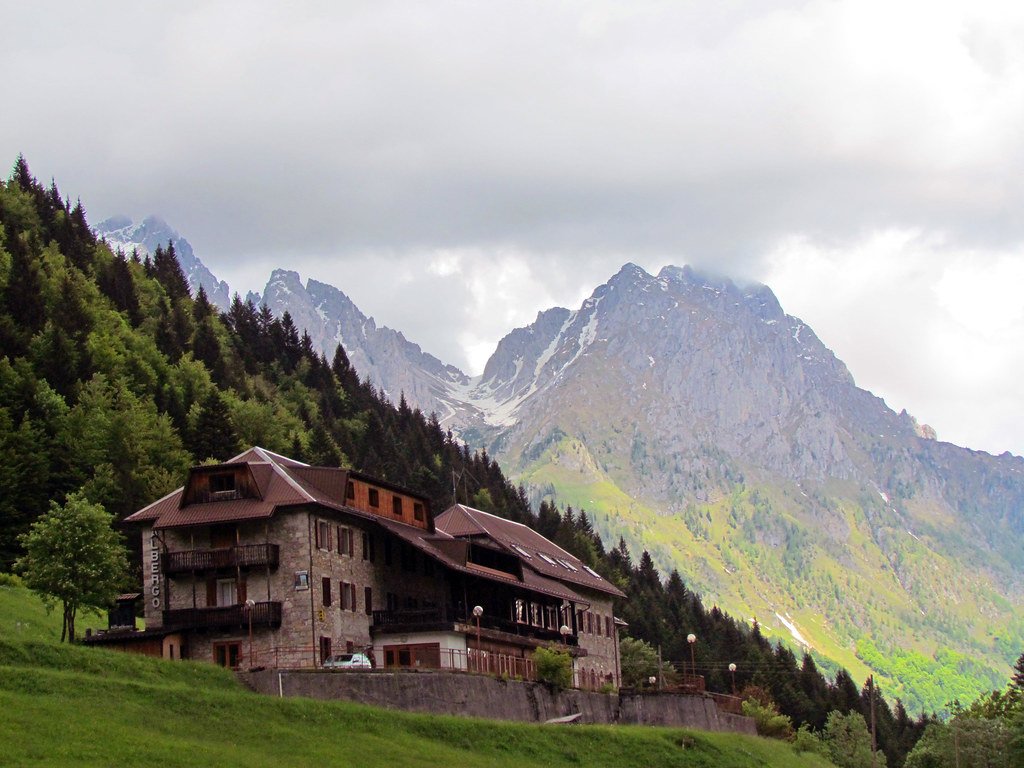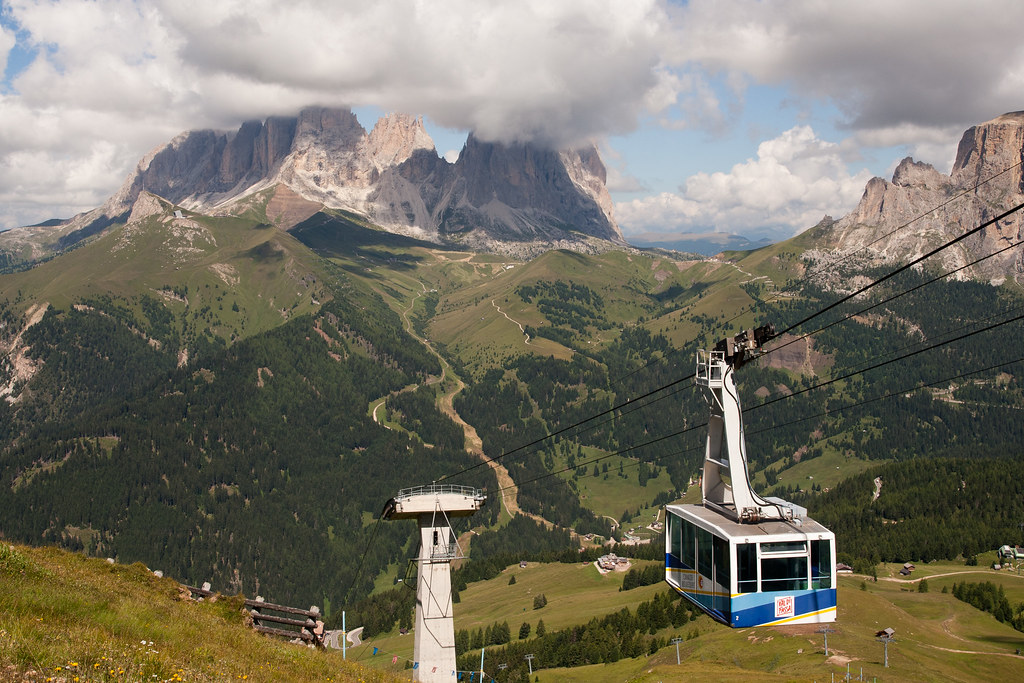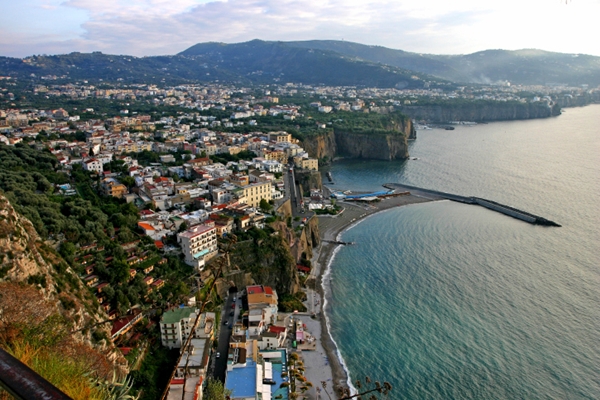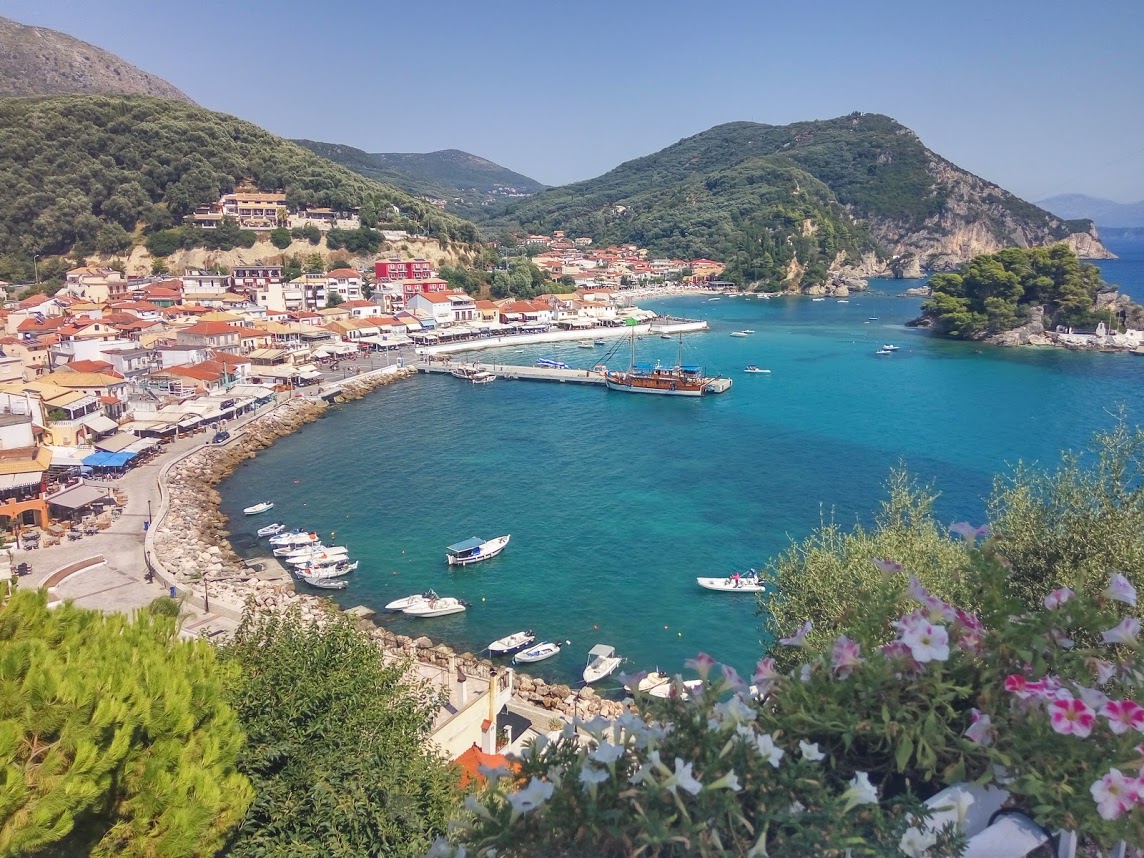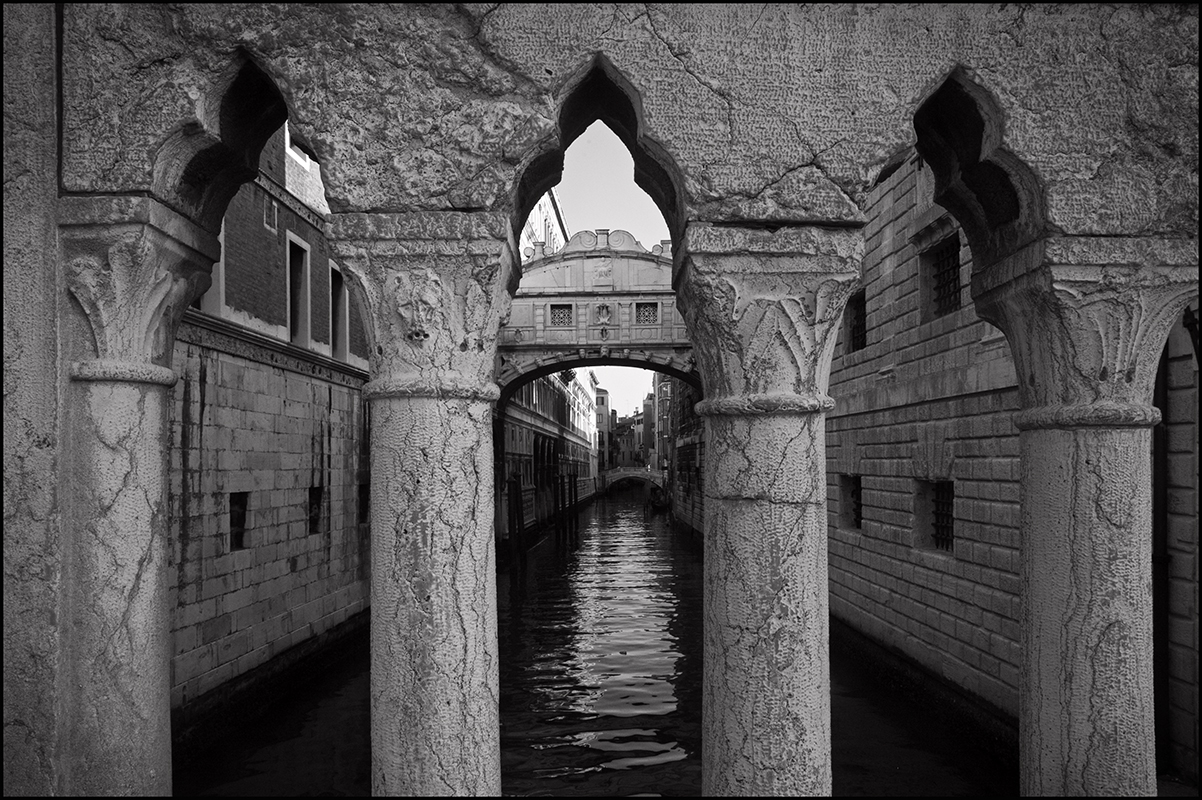A branch of the Eastern Alps, the Dolomites are the tourist hub of northeastern Italy, with numerous prominent ski resorts and beautiful walking trails. Visited by millions of tourists every year, this mountain range represents a true gem of the Alps. If you are planning to travel to the Dolomites for your pleasure and their natural treasure, stay with us for the next few paragraphs.
Plants and flowers of the Dolomites
If you are coming to this part of the Alps as a flora enthusiast, the high season, plant-wise, lasts from mid June to mid July. This is when these mountains display the rich abundance of their unique flora. However, if you want to see snowdrops with the snow-capped hills in the background and streams of melting snow rushing under your feet, come to the Dolomites in early spring. In this period of year you can smell the divine scent of Daphne striata and Daphne mezereum. Also, in higher parts of the mountains the most common flower is the beautiful Pulsatilla alpina.
No matter if you are visiting this region only to explore the plant life or to see other attractions, too, you have to visit the Alpine botanical gardens. While there are four official botanical gardens in this part of Italy, there are several wonderful locations that qualify as nature reserves. Here you can learn everything you might want to know about the botanical gardens of the Dolomites.
Meet common Alpine animals
It is interesting that areas such as the Dolomites attract tourists for one reason and then visitors fall in love with them for something completely different. So, if you have come here to ski, you could easily get swept off your feet by the wide array of amazing animals living in the Dolomites. Some of them can hardly be seen anywhere else in Europe. For instance, the Alpine ibex was once limited only to the region of Dolomites. Moreover, in these mountains you can spot the chamois, as well as the mouflon. Although the latter was not originally from the Dolomites, it was introduced there in the mid 1970s.
The flora and fauna, as well as the landscapes of the Dolomites can produce some breath-taking scenes. This is why every tourist coming to this region should bring a professional trial camera to be fully prepared for the encounters with the local wildlife.
Find your urban Alps
South Tyrol
Observing plants and animals can be extremely amusing, but you should not miss the urban parts of the Dolomites on account of the flora and fauna. When it comes to towns in this area, it is important to stress out that one part of the Dolomites geographically belongs to the South Tyrol. This region is now in Italy, but it used to be a part of Austria. This is why the architecture of towns in the Dolomites is a mixture of Italian and Austrian architecture. Read more about the identity and culture of this region in a piece brought by the Guardian.
High towns
Tourists who want to be close to ski runs should definitely stay in Cortina d’Ampezzo, or in other highly positioned towns, such as Canazei and Corvara. Bear in mind that these are famous resorts. If you want to enjoy a traditional domestic atmosphere, go and see Cornelico or Sauris.
Moreover, since the highest peak of the Dolomites, Marmolada, is only about 180 km far from Venice, you could pull off a one-day trip to this tourist gem, too.
The Dolomites are a great option all year long for people who like mountains. From winter ski magic and wild animals to spring flowers and summer strolls on Dolomite slopes, this mountain range offers a wide array of activities and attractions. So, wait no more, but pack up and set off for the Dolomites.

